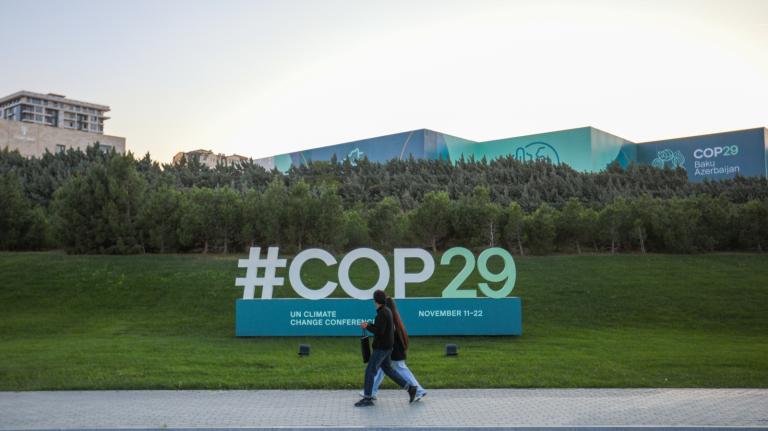
Utilities scare consumers into believing they don’t deserve or can’t afford a better, cleaner energy system.
The United States is fortunate to have some of the richest and most diverse renewable energy resources in the world — wind in the Great Plains, solar in the Southwest, and even more wind off the Atlantic coast. As much electricity could be generated every year from these resources as the United States consumes as a whole — several times over. The trick is getting that energy to market.
The electric power transmission network in this country was not designed to reach deep into the lightly populated regions of the Heartland and arid Southwest, or to connect resources offshore, yet those areas are where the best renewable resources exist. Failing to build power lines to bring that energy to market would be like finding a cure for cancer and not delivering it to patients.
The Federal Energy Regulatory Commission (FERC) is expected tomorrow to issue a new rule on transmission planning and cost allocation that will support regional efforts to modernize the electric power grid and bring these low-cost renewable resources to market.
While FERC’s rule will be hundreds of pages long, it is likely to focus on just two topics: how regions plan and pay for transmission. For decades, planning and cost allocation have been the graveyards where hopes of building modern regional grids capable of delivering inexpensive clean power to customers have gone to die.
Cost allocation — the formulas that decide how ratepayers share the costs of these large investments in our infrastructure — has traditionally been simple and straightforward: Everyone pays according to how much they benefit. FERC’s new rule will not change that; it will simply help regions account for all the benefits that transmission provides — including, for the first time, the benefits of meeting state clean energy standards. The agency has signaled that its guiding principle will be to ensure that those who do not benefit from transmission do not pay for it.
That is exactly the right approach. Any other path would discourage investment in the grid and with it the resource development, jobs, and access to cleaner and cheaper forms of power it would support.
Yet some people remain stubbornly immune to the allure of a grid that would give customers everywhere access to abundant and competitively priced renewable energy. A small but powerful group of utilities are determined to protect their own generation capacity to competition, and they are bellyaching about the cost to consumers of these transmission investments.
It’s a familiar — and unpleasant — tactic to scare consumers and businesses into believing they can’t afford a better, cleaner, and cheaper energy system, but it’s a tactic that in this case has absolutely no basis in reality. Transmission is the smallest component of any electricity bill — equaling about 7 percent on average. No matter what state you live in, transmission makes up a sliver of the total cost of electricity.
Generation makes up more than 65 percent, almost two-thirds, of a typical electric bill. What drives customer costs is electric generation from utility-owned power plants.
It’s easy to see why these utilities are opposed to transmission reforms and are supporting a transmission bottleneck of their own: to keep collecting billions in unnecessary costs every year from customers trapped in congested and uncompetitive regions. Many Americans currently do not have access to competitive energy supplies. Many regions, including much of the Northeast and Mid-Atlantic, suffer from high congestion costs. And incumbent utilities benefit from the inflated electric bills of ratepayers in these markets. Transmission has the power to open up uncompetitive energy markets to competition from cheaper forms of energy like wind.
These utilities support a bill deemed the “Electric Transmission Customer Protection Act” (S.400), crafted by Sens. Bob Corker (R-Tenn.) and Ron Wyden (D-Ore.), that would have a stifling effect on grid investment and access to clean energy.
The National Clean Energy Transmission Initiative and a group of more than 80 forward-thinking utilities, clean energy developers, manufacturers, environmental advocates, and labor unions are rejecting the divisive and self-serving approach that has kept Americans waiting far too long for the efficient and modern electric grid they deserve. Together, we sent a letter to Senate leaders asking them to oppose this bill.
We look forward to FERC’s final rule to end the disputes over aligning costs and benefits of transmission development. While tomorrow’s FERC’s ruling will not likely be the last time we see monopoly utilities cry wolf over transmission policy, it will be nice to close one chapter on this trumped up “debate.”



